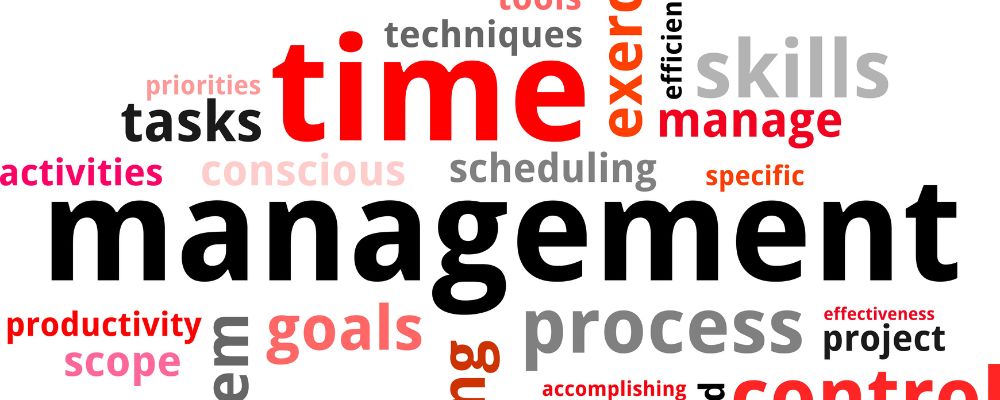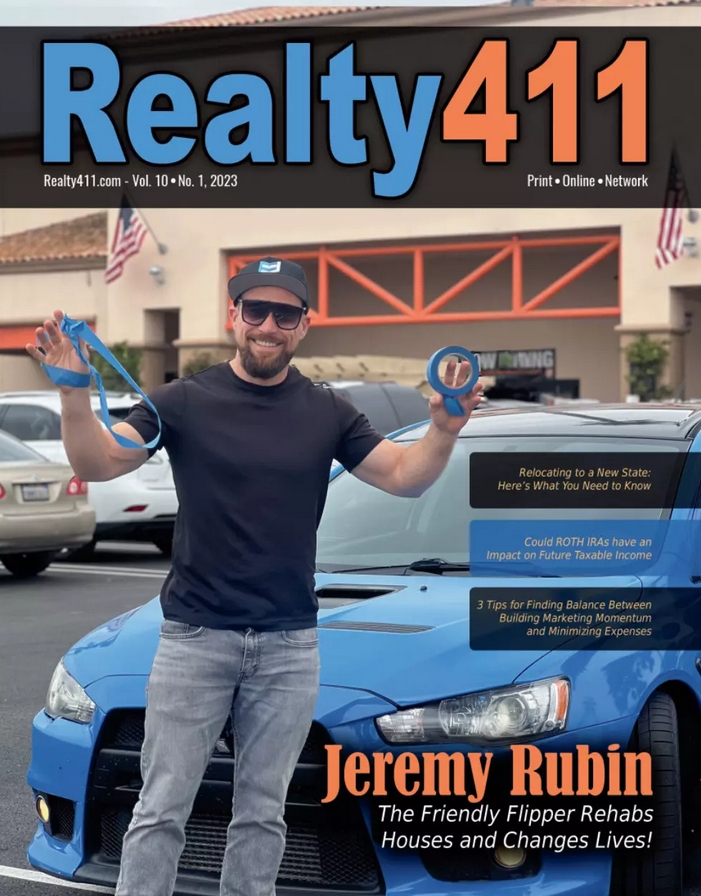
We can magnify the results by leveraging our time to boost productivity and still allow time off for personal life and family.
https://danharkey.com/post/using-time-management-tools-magnifying-the-value-of-our-time
By Dan J. Harkey
Summary:
Time is a precious, limited resource and non-renewable; once gone or wasted, it is gone forever. Resources designed to magnify the value of time can be leveraged through others or technology-driven, including hardware and software programs. There are more brilliant programs than anyone could ever dream possible. But the same applies to training.
By effectively leveraging our time, we can allocate time to concentrate on the most crucial activities.
This empowerment, derived from effective time management, is the cornerstone of boosting productivity and achieving a better work-life balance. It instills a profound sense of control and confidence in your daily activities, enabling you to make the most of your time and resources.
Remember, we’re managing time and harnessing our talents and skills through others, be they associates, employees, or independent contractors, who will swiftly assist us in achieving our goals.
article continues after advertisement
Article:
Time spent, A, B, C, D, and Time Off are subsets of this time management system.
Time effectiveness may vary according to motivation, regimen, objectives, tenacity, and the use of strategic leverage. Leverage is achieved through delegating tasks to others.
Time is the most valuable resource.
‘A-Time’ is not just valuable; it’s the cornerstone of successful sales for salespersons. It’s face-to-face or one-on-one communication with targeted buyers and sellers. This contact, whether in person, by phone, or by email, must explicitly reflect a request that the party or prospective buyer/seller work with us or buy our products, goods, or services. This is when your skills and talents are tested, and it’s not just crucial for your success; it’s urgent. Understanding and prioritizing ‘A-Time’ is not just essential; it’s urgent for your sales success.

Salespersons must spend more than 60% to 80% of their available time in an ‘A-Time’ mode. This underscores the critical importance of their role in the sales process. Focusing on ‘A-Time’ keeps us on track and goal-oriented, ensuring our time is spent on the most valuable and productive activities.
The concept of A-Time has been complicated by changing marketing trends. Knocking on doors, personal visits, phone solicitations, a meeting, and a transition into a close relationship were anticipated in the past. People are not answering their phones; they rarely respond to emails, which leaves text messaging. And those need to be personalized. Even with a speed text system on the phone, each outgoing text articulated verbally with the assistance of SIRI will take 30 seconds. One thousand times 30 seconds will take 8 hours. Now, more automated systems are available, but the warning is that the text messages must be personalized.
I doubt relationship building with remote business strategies will return to the old way. That is why I write and publish an article daily as a form of personal branding. I aim to provide my readers with real value that benefits their business and personal lives, all while sprinkling in some humor.
B-Time is the time spent preparing (preparation time) to transition into A Time.
A phone call request, a letter request, or an email request is probably involved. Time may constitute 30% of one’s daily schedule. Push your time into A and delegate 20% to another, B.
Examples:
Could you draft a letter, email, text, or phone call to request an appointment for a face-to-face meeting with the prospect? This is a prime example of an ‘A-Time’ activity. So that you know, ‘A’ time does not start until the client is in front of you or on the phone. This ensures that your ‘A-Time’ is spent on the most valuable and productive activities.

Once you consummate the transaction, all other follow-up activities to drive the process forward fall under C Time.
Setting up your marketing email or text system.
C-Time consists of all administrative activity with no specifically defined result.
C-Time does have value in driving your business forward. It most likely consumes 50% to 80% of our workday. The key is to delegate C-Time to support staff employees or independent contractors, thereby shifting our resources to the most effective use of time.
Examples:
Record keeping and regulatory compliance activities are C Time.
I am developing and maintaining marketing systems and materials, including database maintenance and web-based lead sources.
Office organization and administrative duties activities are C-Time.
Interactions with staff and co-workers.
Interface with third-party vendors such as escrow, title, appraisal, environmental engineers, and property-related insurance companies.
All general activities required to maintain our business enterprise, but not directly attached to closing a transaction, are C-Time.
Industry educational events.
D-Time is the catch-all term for activities that produce no results and have little value; in other words, it is wasted time.
These activities may consume a large portion of our day. D Time differs from time off or away from your business or money-making activities.
Examples:

Reading news and having conversations with friends and family. (Some may argue that conversations with friends and family are not wasted time. )
I’d like you to maintain social media such as LinkedIn, Facebook, Snapchat, and Twitter, except for personal branding.
Casual conversations with employees and staff unrelated to business.
Industry meet and greets, cocktails with the boys or girls.
article continues after advertisement
Time Off:
Time off is not D Time, but Time off is time away from work, work-related emotional pressure, and clutter.
Everyone needs to recharge their (mental, emotional, and physical) batteries. Avoid any semblance of work pressures, including turning off the phone and computer. Avoid burnout by scheduling focused blocks of time away from anything related to work. Hopefully, these will be full days, unencumbered, away from the business environment altogether.
Most people have developed a place to escape from their business life or an activity that helps them transition from a frantic hustle-bustle into peacefulness, tranquility, serenity, and resolve. A personal tune-up comes to mind.
The escapee can divorce from work and, no matter how temporary, can figure out how to spend free time away from societal pressures. And there are many. If you would like a copy of my article Escape from the Jungle, you can find it on this website. I refer to this location as my Mental Hobby Shop, where I can completely detach from work and focus on my interests.
This time management system and becoming a self-starter are learned processes, not events, and their use should become a lifelong habit. However, everyone occasionally needs a tune-up or reminder.

Dan Harkey
Educator & Private Money Real Estate Lending Consultant
[email protected] 949 533 8315
www.danharkey.com























